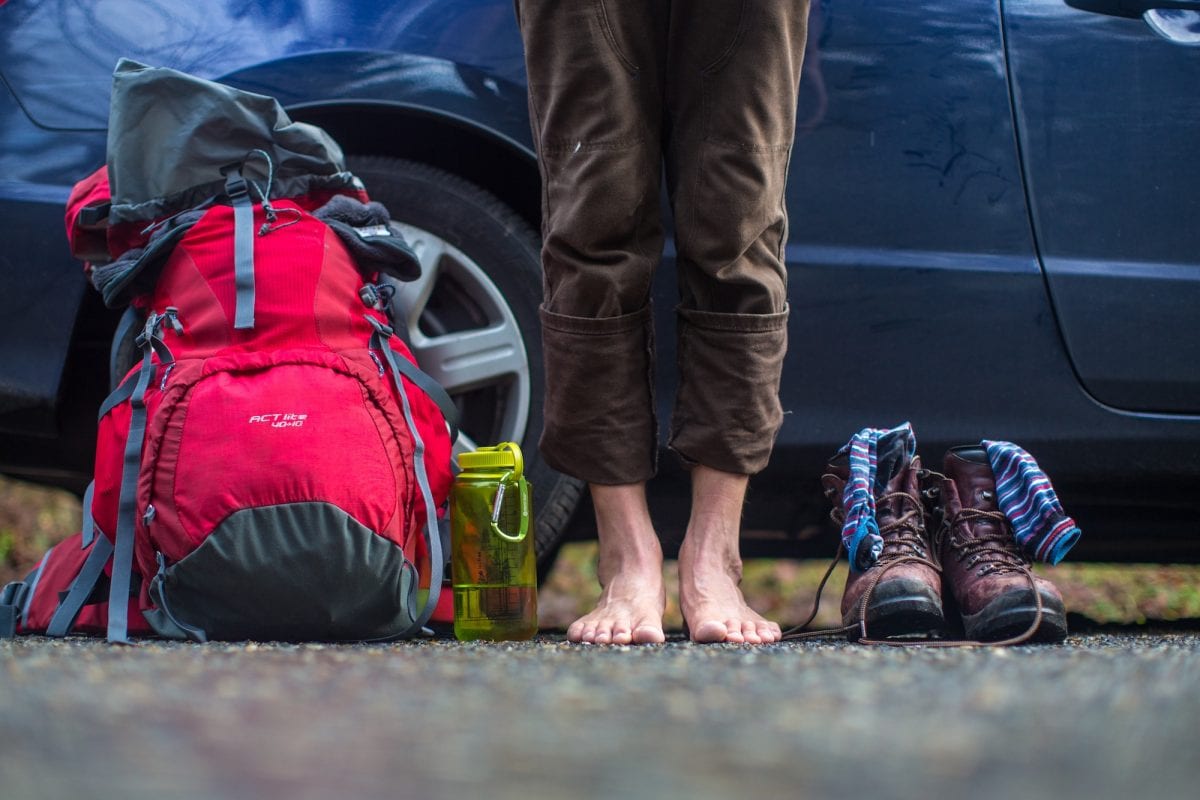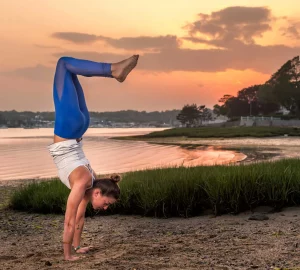Picture yourself on a serene hiking trail, surrounded by towering trees and breathtaking scenery, when suddenly, a discomforting sensation interrupts your blissful stride. Removing your hiking boot reveals the unwelcome sight of an emerging blister on the sole of your foot, threatening to derail your adventure. As you contemplate the impending discomfort and the long distance still ahead, the importance of knowing how to avoid foot blisters becomes glaringly evident.
No one wants to deal with terrible blisters, especially when they’re halfway through a long hiking trail. If you want to protect yourself from this painful foot problem, follow all of these tips:
1. Use blister prevention tape
A roll of Leukotape blister prevention tape will be much more helpful than a packet of bandages whenever you’re hiking. Before you hit the trail, wrap the sticky tape around the areas of the foot where you usually get blisters. It makes a convenient barrier against friction and avoid foot blisters from forming. It’s affordable, easy-to-use and highly-effective, even if it gets wet.
2. Wear the right hiking boots
Wearing hiking boots that are too big or too small will cause blisters. Make sure that they are the right fit when you buy them and test them out before you plan a long hiking trip. If they can’t manage a stroll in the park, they’ll definitely hurt you on a hike on a mountainside.
You should get custom orthotic insoles for your shoes and boots if you have any medical conditions that could make hiking hard on your feet, like a bunion or plantar fasciitis. They will give you the support and comfort you need. They will also keep your feet from sliding around. Remember: blisters are caused by friction.
3. Wear the right socks
Your hiking socks should be made of a material that is durable and fast-drying because too much moisture will lead to foot blisters. Socks made out of wool are your best bet. They’re moisture wicking, strong and warm. If you’re worried about the fabric being itchy, choose merino wool — it’s famously soft. Or you can choose a blend of wool and synthetic fibers.
If you often suffer from aching legs, ask your doctor about compression stockings. These stockings are designed to put pressure on your legs to increase blood flow and prevent soreness. You can find athletic compression socks made from wool blends for hiking.
Other simple tips that will get you through the trail and avoid foot blisters:
- Trim your toenails ahead of time
- Keep your feet dry during the hike
- Take frequent breaks to rest your feet
Hiking is one of the best ways to stay active during the summer — you get to burn calories from the exercise, you can challenge your endurance and you can enjoy the sunshine outside. Don’t get discouraged from planning a hiking trip because of something like blisters.
If you follow all of these tips, you won’t have to deal with the problem once you’re finished the trail. Your feet will need some rest and recovery after all that walking, but they won’t need to be wrapped in bandages.








